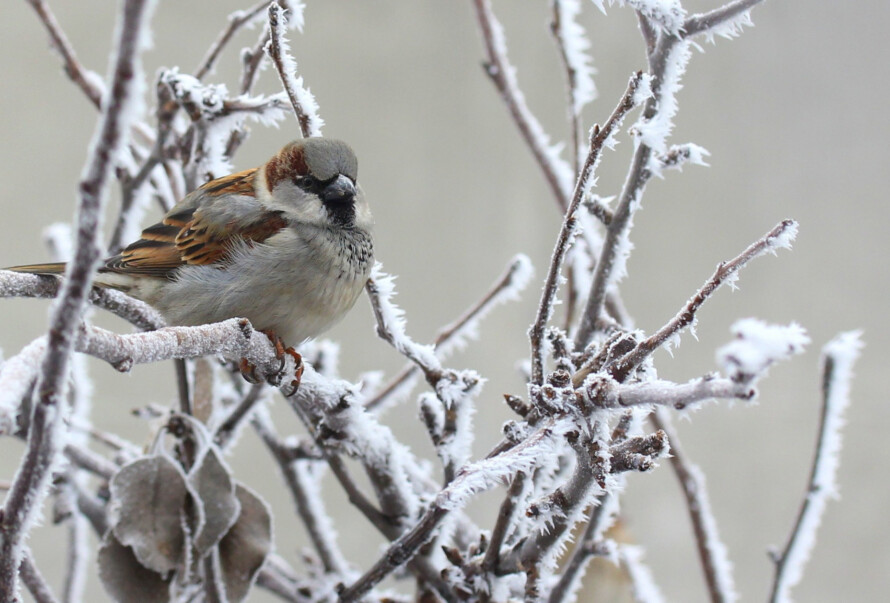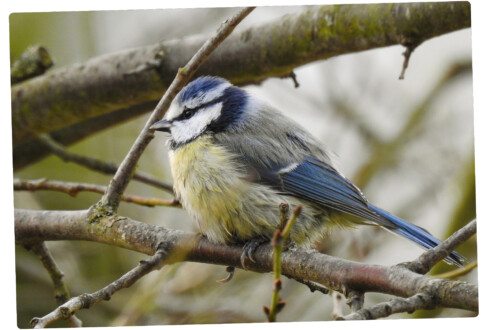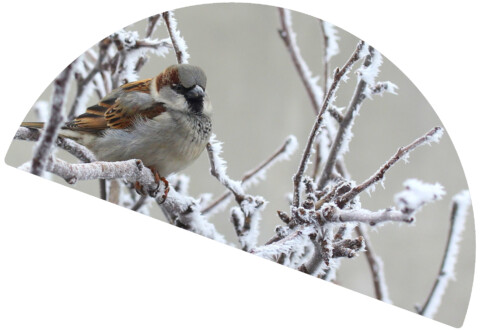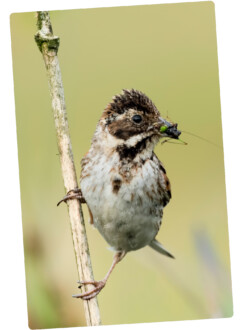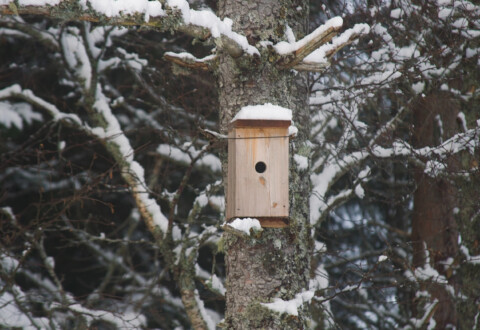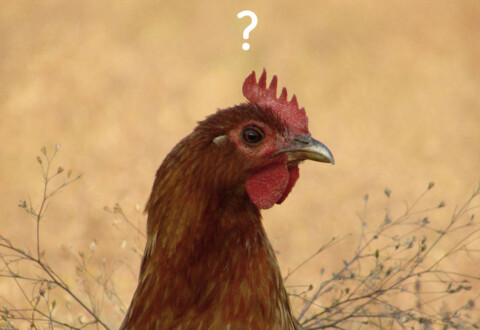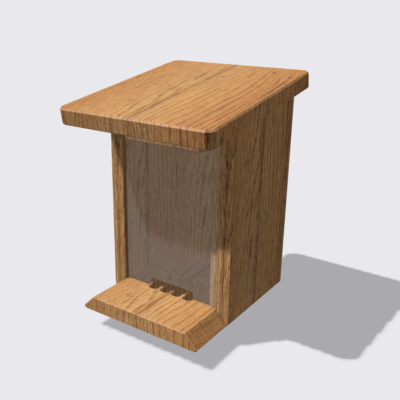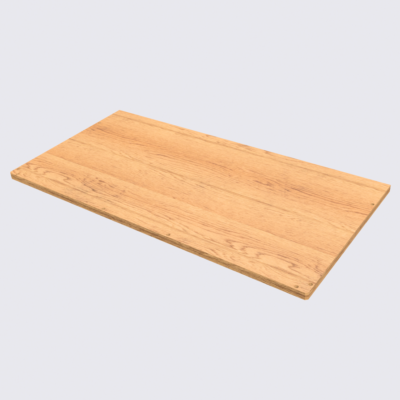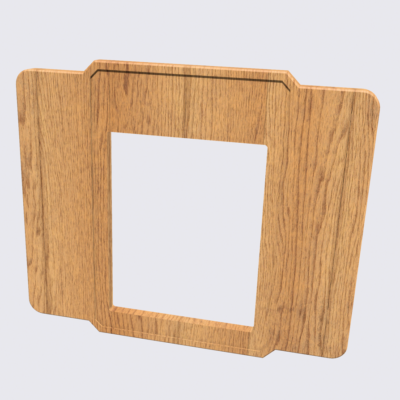Until a few years ago, feeding birds was still seen as a one-off support measure in winter. Feeding in summer was even frowned upon in some cases. However, the majority of bird experts and scientists now agree that year-round feeding is an important support for our feathered friends. But why should we feed birds at all and how do we do it properly?
Due to dormant vegetation, sometimes combined with thick snow cover, there is less food for birds in winter than in summer. This was also the case centuries ago. Now there is – unfortunately – less snow, but even faster than climate change is progressing, we humans have removed (plants) or killed (insects, spiders) the natural food sources of birds on a grand scale: Be it through general land development or agricultural use with huge amounts of pesticides.
Although we cannot reverse this so quickly, everyone with a garden, balcony etc. can make a contribution to helping the birds through this crisis: namely by making our living environment bird-friendly. This also means providing them with the food they need so that they don’t go hungry themselves and have enough food to raise their chicks.
In this blog article, we take a closer look at the following topics:
- Winter feeding? Year-round feeding!
- Year-round feeding throughout the year
- Different birds, different food
Winter feeding? Year-round feeding!
The birds would become too comfortable looking for the animal food that is important for their balanced diet due to the oversupply of food. This is a common argument against year-round feeding. However, intensive observations have shown that songbirds do not become vegetarians even when fed abundantly and continuously. On the contrary, they continue to forage for insects, spiders etc. This main argument against year-round feeding is therefore not correct.
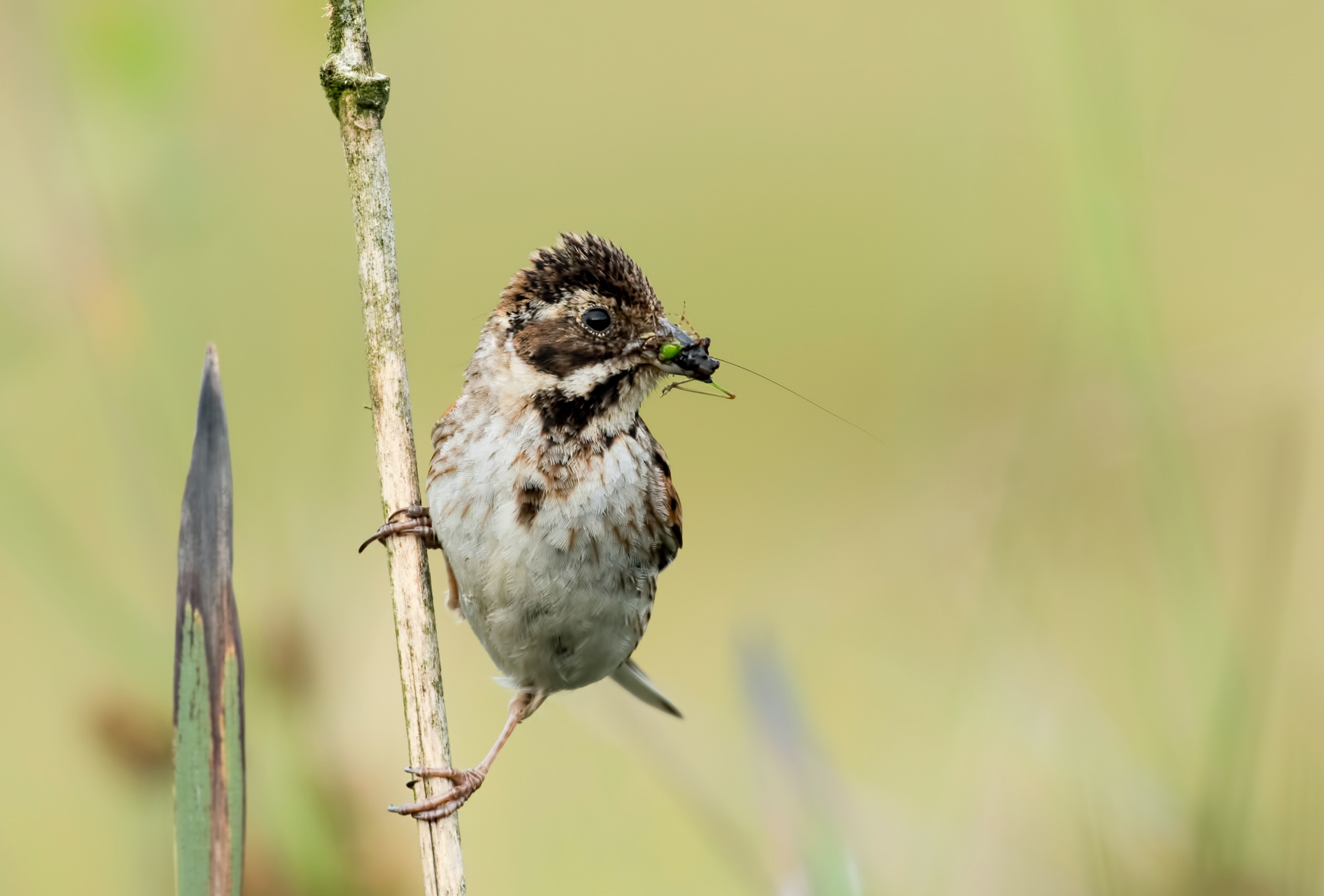
But what are the arguments in favor? As already mentioned, it is now the case that nature can no longer provide birds with enough food even in the warm months. Above all, not enough to feed the offspring sufficiently. Bird experts have discovered that a feeding station that is full all year round leads to a higher rearing rate of young birds.
If the feeders are constantly available and filled, the birds can rely on this food source and will visit your garden or balcony more often.
> My TIP: “Birds breed mainly where there is a sufficient supply of food. So if you feed them, you will almost certainly be successful with your nest box.”
Year-round feeding throughout the year
Autumn
The preparation of feeding sites should be completed in the fall at the latest so that the birds can memorize them before the winter months. Migratory birds can also fortify themselves before flying south.
From now on, the individual feeders should be refilled on an ongoing basis. This way, the birds can rely on their food and are always supplied with sufficient food from now on.
Of course, it is even more important that the birds also find plenty of natural food directly in your garden.
Winter
Winter is certainly the time of year when bird feeding is most in demand. Especially in icy weather or late winter, feeding birds can be a real lifesaver.
At this time of year, high-fat and therefore high-energy food is particularly recommended (e.g. fat balls).
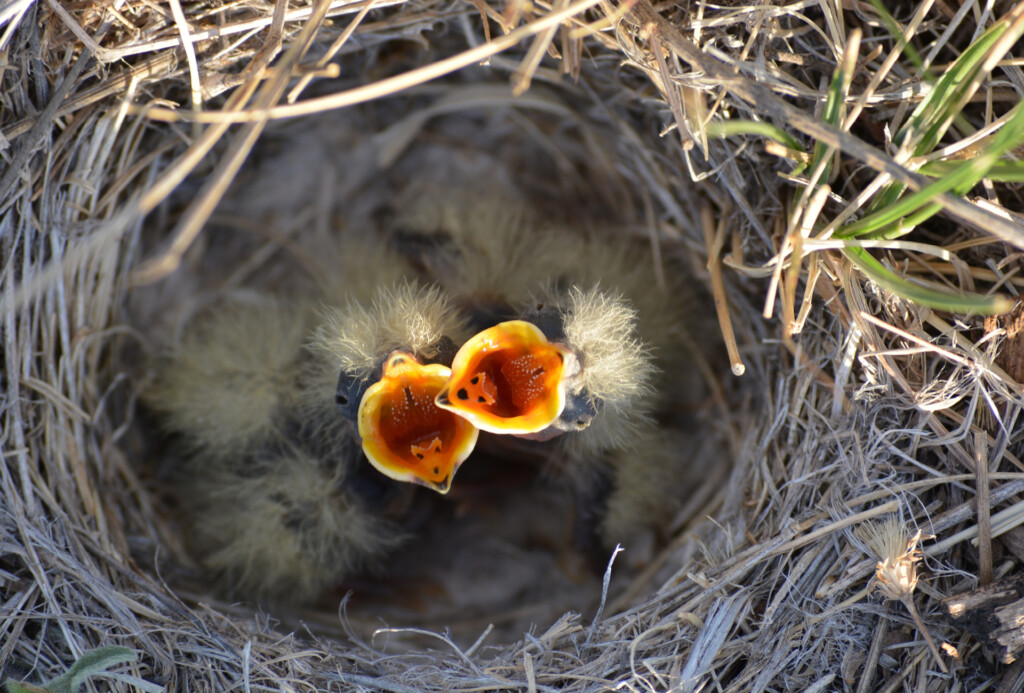
Spring
Nest building is in full swing and soon the eggs will be hatched: this requires a lot of energy. So you shouldn’t stop feeding them in spring, just change the type of food. Above all, this means that you should not feed fat food or whole nuts and be cautious with sunflower seeds.
In addition, migratory birds – exhausted from the long journey – will be happy to receive a good snack. For many birds, seeds are not yet available when they arrive and insects only appear in large numbers when the weather is warmer.
Summer
Even in summer, it makes sense to continue feeding according to the season. This is because rearing young birds requires an enormous amount of energy, which the birds will gratefully resort to feeders to cover.
In the warmer months, a mixture of seeds, kernels, grain and dried fruit is ideal. To avoid cases of illness, you must now pay particular attention to hygiene.

Different birds, different food
Birds basically don’t care whether they find their food in nature or are offered it by humans. But what does their food actually look like?
Birds like to eat …
- insects & spiders
e.g. mealworms, earthworms, beetles and spiders
- seeds
e.g. from sunflowers (peeled or with shell), hazelnuts, peanuts and walnuts
- cereals or small seeds
e.g. hemp, linseed, oat flakes and seed heads of wild herbs
- fruit & fruits
especially berries (e.g. currants, elderberries – not only fresh, but also dried)
- vegetables
Salads!
- fat food (only in winter)
e.g. tit dumplings and rings, fat blocks and curd cheese (quark)
- from the kitchen
e.g. meat scraps, boiled potatoes, boiled egg yolk and bread
You can influence which bird species are fed and therefore attracted by the choice of food. For a better overview, the following groups of garden birds are distinguished:
- Insectivores (e.g. blackbirds, bee-eaters): Birds with elongated beaks
- Grain eaters (e.g. tits, corn buntings): Birds with short, thick beaks
- Corvids (e.g. crows, jays, magpies)
- Pigeons (e.g. wood pigeon, collared dove, turtle dove)
[The distinction between insectivores and granivores should not be seen too narrowly, because of course granivores also like to eat insects.]
This automatically means that you can attract many different bird species to your garden or balcony with a varied diet. Roughly speaking, you can use the following classification as a guide:
- Insectivores: insects & spiders (also dried), fatty food
- Grain eaters: kernels, cereals or small seeds, fruit, vegetables
- Corvids: fruit, leftovers from the kitchen
- Pigeons: grain or small seeds, fatty food
> My TIP: “Food “from the kitchen” is only recommended for corvids. Other songbirds do not tolerate salt or sugar very well. Especially when feeding all year round, the food must be adapted to the respective (season) time.”
